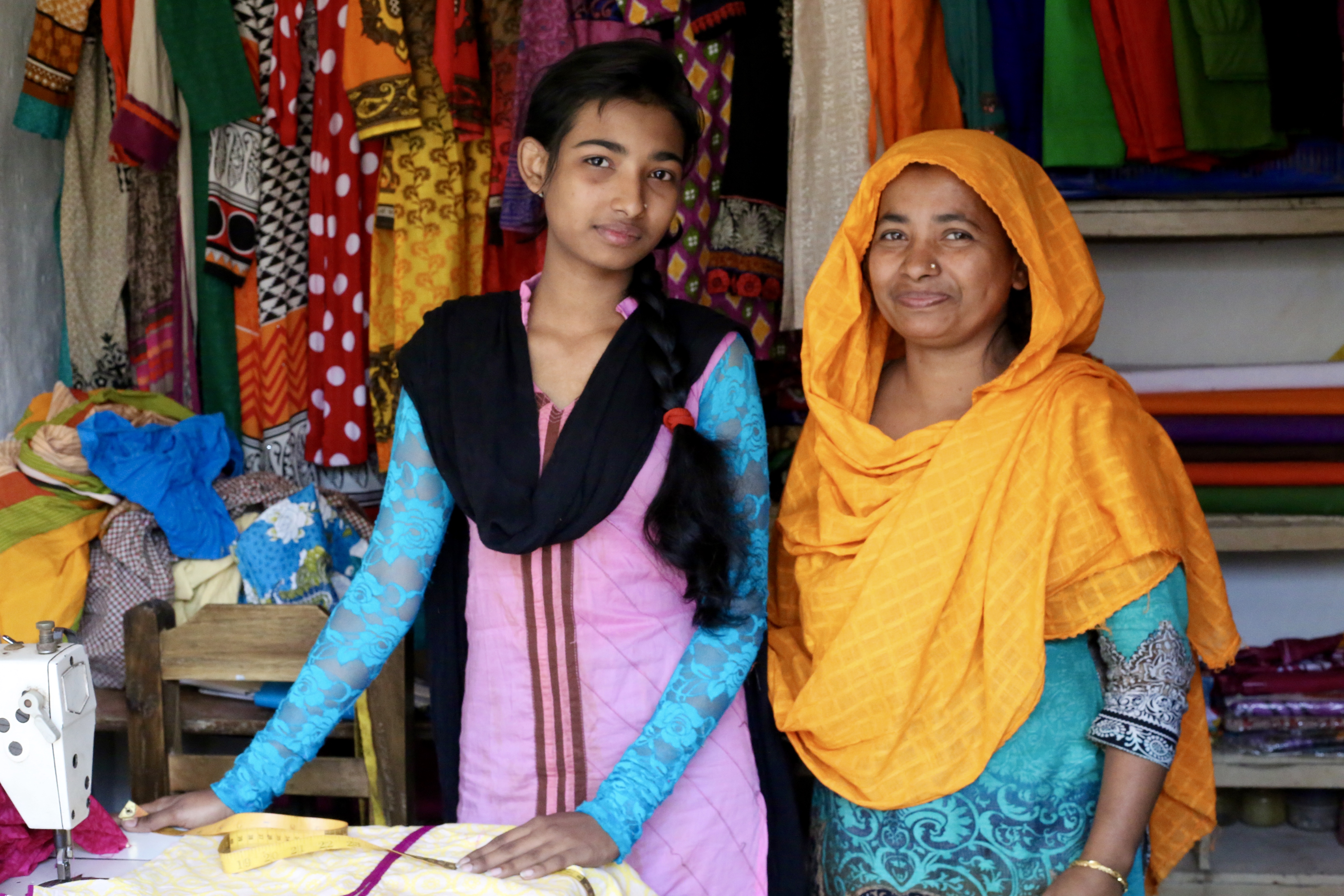Would you invest in a project that looks to reduce the incidence of ‘Rhodesian’ sleeping sickness in cattle in Uganda? What if you could make a return on that investment?You can’t do it yet but if CGD and Social Finance’s Development Impact Bonds Working Group keeps charging ahead, you just might be able to someday.McKinsey (coincidentally a member of our Partners Council) held an event last week in its DC office titled “Potential to Action: Bringing Social Impact Bonds to the US” based around the release of its May report of the same title. The report looks at the nascent Social Impact Bond movement. SIBs (which are not actually bonds) are a “pay for success model.” Pilot programs are underway in the UK and in New York City, among other jurisdictions. US Departments of Justice and Labor are implementing variations of SIB-like programs under the rubric of “Paying for Success.” What excites me about McKinsey’s work and these pilot programs is how we can apply the lessons learned to a potential variation of SIBs—the Development Impact Bond (DIB).The quick and dirty summary of how SIBs work (click here and here to read more) is that an investor provides financing for a particular project with a pre-agreed social outcome and only receives a return if that outcome is achieved. The investor’s return is paid by the outcome providers—often government—in recognition of the social value garnered from the successful outcome. For example, Social Finance raised five million pounds from 17 social investors to fund intervention programs run by service providers for 3,000 male prisoners exiting Peterborough prison, north of London. If recidivism rates decline, the investors will receive back their initial investment and a return accordingly (higher return for higher decline—up to thirteen percent). DIBs, as we’re currently envisioning them, would be an offshoot of this idea, with donor agencies or, where possible, even host country governments, providing the return. Like SIBs, DIBs would allow donor agencies or governments to transfer the risk of implementing potentially unsuccessful programs to investors.The McKinsey event brought together a mix of private and public sector folks doing thinking around these issues—US government agencies, multilaterals, foundations, and others. It’s clear that the SIB concept has caught the attention of those with the ability to make it happen.Our colleagues at the event focused on a few key issues with SIBs that have implications for our DIB Working Group. I was particularly interested in the discussion on downside risk, which, as most SIBs are currently structured, is all borne by the initial investor. Some participants in the event raised the possibility of sharing a portion of that risk with the service providers themselves—essentially asking the service provider to put “skin in the game.” Of course, as was pointed out by others, the service providers have quite a bit of skin in the game given the reputational downside if their intervention is unsuccessful. Further, service providers for SIBs (at this point those largely focused on combating recidivism and homelessness) often operate on far too limited a budget to provide all of the capital.Getting risk allocation right will be critical to this kind of agreement, but it may be that the question of how much risk is allocated to service providers varies depending on the context. Perhaps it should be determined on a case-by-case basis by investors. But I’m looking forward to seeing what members of the DIB Working Group have to say about this, particularly as the implications might be a bit different in the development context, in part because many international service providers have larger budgets than domestic service providers operating in SIB capacities now.I was also interested to hear participants’ takes on what types of projects should work best in the SIBs context. McKinsey’s research suggests that using SIBS to scale up successful behavioral intervention projects will be most successful. This, of course, has interesting implications for our DIB work and we’re looking forward to exploring it further, so stay tuned.Although there remain a lot of unknowns in the SIB/DIB space, one thing that everyone working on this is absolutely sure of is that we must proceed carefully. SIBs and DIBs have extraordinary potential but if the first few pilots aren’t successful, we worry that the appetite for these projects will quickly vanish. For more information on our DIB work, check out the Working Group page. Also of interest are the Nonprofit Finance Fund’s tools for service providers and resources developed by Social Finance for others considering entering into SIBs.
CGD blog posts reflect the views of the authors, drawing on prior research and experience in their areas of expertise.
CGD is a nonpartisan, independent organization and does not take institutional positions.




